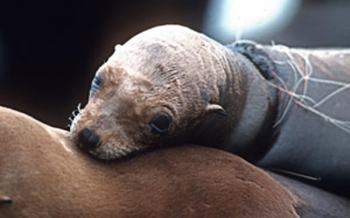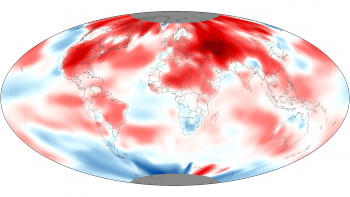U.S. Experiences Second-Warmest May, Hottest Spring on Record
Lower 48 also experienced record warm year-to-date and twelve-month periods
The average temperature for the contiguous U.S. during May was 64.3°F, 3.3°F above the long-term average, making it the second-warmest May on record. The month's high temperatures also contributed to the warmest spring, warmest year-to-date, and warmest 12-month period the nation has experienced since recordkeeping began in 1895.
The spring season's (March-May) nationally-averaged temperature was 57.1°F, 5.2°F above the 1901-2000 long-term average, surpassing the previous warmest spring (1910) by 2.0°F.
Precipitation totals across the country were mixed during May, with the nation as a whole being drier than average. The nationally-averaged precipitation total of 2.51 inches was 0.36 inch below average. The coastal Southeast received some drought relief when Tropical Storm Beryl brought heavy rains to the region late in the month. | See the full Climate Report










